Home>Articles>How To Decorate When Your Front Door Opens Into Your Dining Room
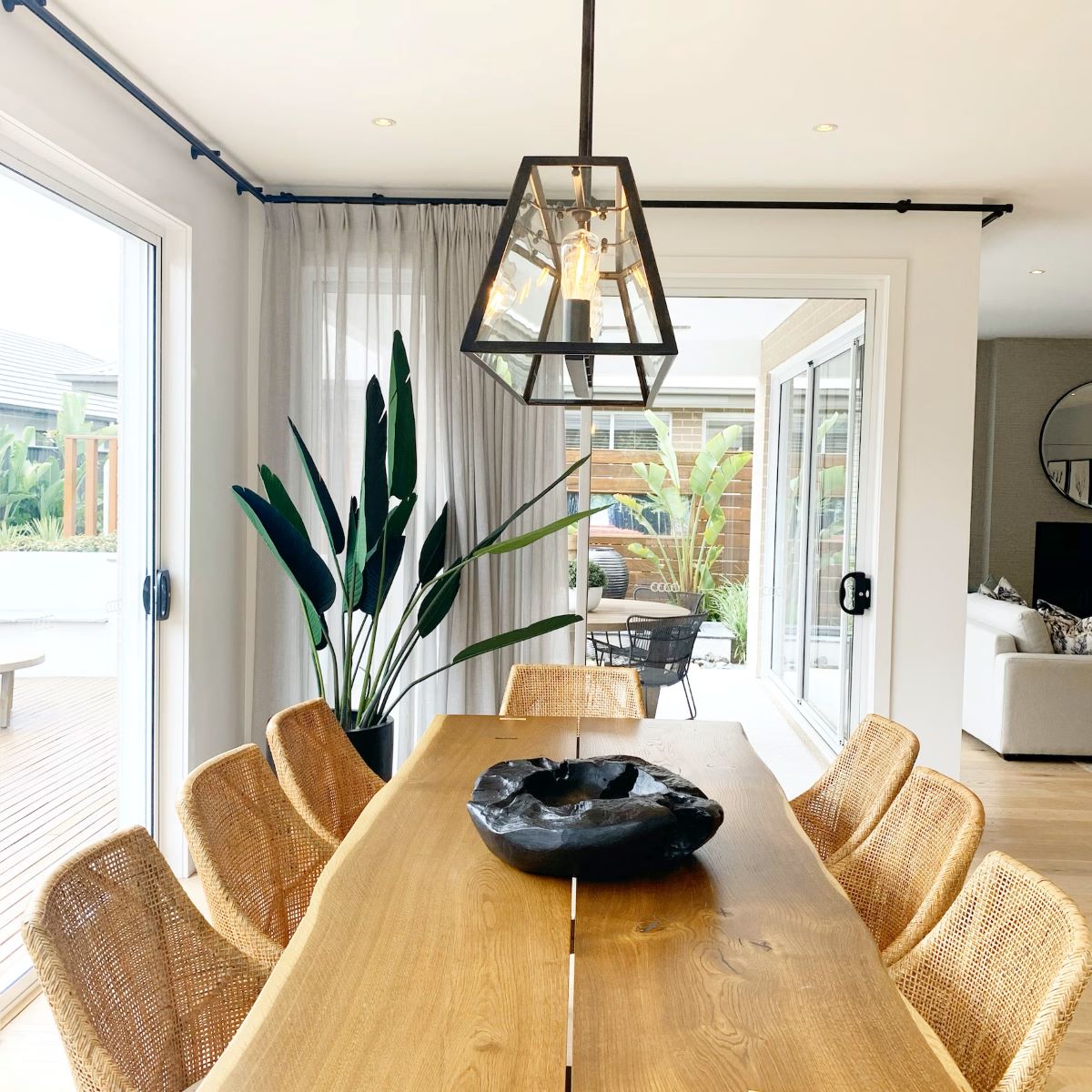

Articles
How To Decorate When Your Front Door Opens Into Your Dining Room
Modified: March 21, 2024
Discover creative ways to decorate your dining room when your front door opens directly into it. Read our articles for expert tips and design inspiration.
(Many of the links in this article redirect to a specific reviewed product. Your purchase of these products through affiliate links helps to generate commission for Storables.com, at no extra cost. Learn more)
Introduction
Welcome to the world of interior design where creativity meets functionality. One of the most challenging spaces to decorate is when your front door opens directly into your dining room. This unique layout can pose some design dilemmas, but fear not! With the right strategies and a little ingenuity, you can transform this space into a stylish and cohesive area that seamlessly blends entryway and dining room.
When your front door directly opens into your dining room, it is essential to create a flow that welcomes guests and optimizes the use of space. The key is to find a harmonious balance between the entrance area and the dining area, ensuring that each serves its purpose while maintaining a cohesive design scheme. In this article, we will explore various techniques and ideas to help you decorate when your front door opens into your dining room.
To begin, it’s crucial to assess the space and understand its limitations and potentials. Take note of the available square footage, the location of windows and doors, and any architectural features that may influence the design. This assessment will guide your decision-making process throughout the decoration journey.
Once you have a clear understanding of the space, creating a focal point is crucial. A focal point draws the eye and sets the tone for the entire room. Consider incorporating a stunning chandelier or a piece of artwork above the dining table to command attention and create a visual anchor. This will instantly elevate the dining area and distract from the entryway’s immediate presence.
Choosing the right furniture is another vital step in designing your dining room. Opt for pieces that are both functional and visually appealing. A dining table with a visually interesting base can make a statement, while chairs with upholstered seats can provide comfort and add a touch of elegance. Be sure to choose a dining set that complements the overall aesthetic of the room while still accommodating your seating needs.
An essential aspect of any interior design plan is establishing a color scheme. In a space where the front door opens into the dining room, it is crucial to choose colors that create a harmonious flow between the entryway and the dining area. Opt for a palette that complements both spaces, ensuring a smooth transition between the two. Consider using accents of color or patterns to tie both areas together while still allowing each space to have its own distinct identity.
Key Takeaways:
- Transform your dining room into a stunning and functional space by creating a focal point, choosing the right furniture, establishing a cohesive color scheme, and incorporating thoughtful lighting and wall decorations.
- Maximize storage solutions and enhance privacy and separation to create a clutter-free, organized, and visually appealing dining area that seamlessly blends the entryway and dining room.
Assessing the Space
Before diving into the decoration process, it’s important to thoroughly assess the space when your front door opens into your dining room. Understanding the layout and limitations of the area will help you come up with an effective design strategy that maximizes its potential.
Start by measuring the dimensions of the room. Note the length, width, and height to have a clear idea of the available space. Take into account any architectural features, such as windows, doors, or columns, as they will affect furniture placement and overall design decisions.
Next, consider the entrance itself. Is it a large open doorway or a narrower hallway-like entrance? Does it have a coat closet nearby for easy storage of jackets and bags? Understanding the flow of traffic from the front door into the dining area will help you plan the layout and furniture placement accordingly.
Take note of the amount of natural light the room receives. If there are windows near the dining area, consider how the light enters the space and whether it may impact the positioning of furniture or the choice of window treatments. Additionally, assess the artificial lighting options in the room, such as overhead fixtures or wall sconces, and determine if any changes or additions need to be made to enhance the overall ambiance.
Consider the functionality of the space. Will you primarily use the dining area for formal meals or casual gatherings? Do you need additional storage options for china, table linens, or other dining accessories? Understanding how you plan to use the space will help you prioritize design elements and ensure that the room meets your practical needs.
Finally, take a moment to identify any design challenges or opportunities. For example, if there is a blank wall near the entrance, it could be an ideal spot for a statement piece of artwork or a decorative mirror to visually expand the space. On the other hand, if the dining area feels cramped, explore ways to open up the space by removing unnecessary furniture or incorporating mirrors to create an illusion of more space.
By thoroughly assessing the space when your front door opens into your dining room, you can gather valuable information that will guide your design decisions. Understanding the layout, available lighting, functionality, and potential design challenges will help you create a cohesive and visually captivating space that seamlessly integrates the entrance and dining area.
Creating a Focal Point
When your front door opens into your dining room, it’s essential to create a focal point that draws the eye and sets the tone for the entire space. By creating a visually captivating centerpiece, you can divert attention from the immediate entrance and make a strong design statement in your dining area.
One of the most effective ways to create a focal point is by incorporating a stunning chandelier above the dining table. A chandelier not only provides ambient lighting for the space but also serves as a decorative element that elevates the overall aesthetic. Choose a chandelier that complements the style and size of your dining table, ensuring it becomes the centerpiece and focal point of the room. Whether you opt for a modern, sleek design or a more traditional crystal chandelier, the lighting fixture will add both elegance and visual interest to the space.
If a chandelier isn’t your preferred option, consider using a large piece of artwork as a focal point. Hang a vibrant painting or a dramatic photograph on the wall opposite the front door. This will create a striking visual contrast and draw attention away from the entrance. Choose artwork that complements the color scheme and overall theme of your dining room, adding personality and charm to the space.
Another way to create a focal point is by incorporating a statement piece of furniture. Choose a dining table with an interesting base design or a unique shape that catches the eye. A table with a bold, sculptural base will not only serve as a focal point but also lend a touch of sophistication to the room. Pair it with complementary chairs that enhance the overall aesthetic and create a cohesive look.
You can also create a focal point by using a feature wall. Consider using a bold wallpaper, a textured wall covering, or a striking paint color to make one wall stand out. This technique not only adds visual interest but also provides a backdrop for other decorative elements such as artwork, floating shelves, or a display cabinet to showcase personal treasures or collectibles.
By creating a focal point in your dining room, you shift the attention away from the front door and create a captivating centerpiece. Whether it’s a stunning chandelier, a piece of artwork, a unique furniture piece, or a feature wall, the focal point will anchor the space and enhance its overall aesthetic appeal. It’s the perfect way to showcase your personal style and make a lasting impression on your guests.
Choosing the Right Furniture
When your front door opens into your dining room, selecting the right furniture is crucial to ensure both functionality and aesthetic appeal. The furniture you choose should not only complement the style of your dining room but also maximize the use of space and create a harmonious flow between the entryway and the dining area.
Start by selecting a dining table that suits your needs and fits the available space. Consider the shape and size of the room when choosing between a rectangular, round, or square table. Rectangular tables are perfect for elongated spaces, while round or square tables can create a more intimate and cozy atmosphere. Ensure that the table you choose allows for comfortable seating and leaves enough room for movement around it.
The chairs you choose should not only be visually appealing but also offer comfort and support. Upholstered chairs with plush cushions can provide a luxurious and comfortable seating experience, while chairs with a sleek and minimalistic design can add a touch of modern elegance. Consider the height of the chairs in relation to the table to ensure a proper dining experience.
In addition to the dining table and chairs, think about incorporating additional pieces of furniture for added functionality and style. A sideboard or a buffet can serve as both storage and a display surface, allowing you to showcase your beautiful tableware and provide extra space for serving dishes during meals. Select a piece that complements the design of your dining room and offers ample storage options.
When choosing furniture for your dining room, pay attention to the material and finishes as well. If you have a smaller space, opting for furniture with lighter finishes or glass accents can create a sense of openness and make the room appear more spacious. For larger spaces, you can experiment with darker wood finishes or materials with a rich texture to add depth and warmth to the area.
Lastly, consider the overall style and theme of your dining room when selecting furniture. Whether you prefer a modern, contemporary, traditional, or eclectic style, make sure that the furniture you choose aligns with the desired aesthetic. Consistency in style will help create a cohesive and visually appealing space.
Remember, when your front door opens into your dining room, choosing the right furniture is crucial for both functionality and design cohesion. By considering the shape and size of the room, prioritizing comfort, incorporating additional functional pieces, and selecting furniture that aligns with the overall style, you can create a dining area that is as visually stunning as it is practical.
Establishing a Color Scheme
When your front door opens into your dining room, establishing a cohesive color scheme is essential to create a harmonious and visually appealing space. A well-chosen color scheme can tie together the entryway and dining area, creating a seamless transition between the two spaces while enhancing the overall ambiance of the room.
Start by considering the existing colors in your entryway and how they can be incorporated into the dining room. Take note of the wall color, flooring materials, and any prominent architectural features. Look for opportunities to incorporate these colors into the dining room, either as accent colors or as a base for your overall color scheme.
If you prefer a monochromatic look, stick to shades of one color throughout the room. For example, consider using different shades of blue, from light sky blue to deep navy, to create a calming and cohesive atmosphere. Incorporate these shades into the dining room through wall paint, furniture upholstery, or decorative accents.
To create contrast and visual interest, you can opt for complementary colors. Complementary colors are opposite each other on the color wheel and can create a striking and dynamic effect. For instance, pair warm shades of orange with cool tones of blue or green. Use these colors strategically in your dining room, such as in chair upholstery, artwork, or decorative accessories, to add vibrancy and energy to the space.
Analogous color schemes are another option when establishing a color scheme for your dining room. Analogous colors are found next to each other on the color wheel and create a harmonious and cohesive look. For a soothing and cohesive space, select colors within the same family, such as various shades of green and yellow. Incorporate these colors into the dining room through wall paint, curtains, or accent decor for a visually appealing and serene atmosphere.
Neutrals are always a safe and versatile option when establishing a color scheme for your dining room. Consider using shades of gray, beige, or cream as a base, and then layer in accent colors to add personality and character. Neutrals create a timeless and elegant look, allowing you to switch up your decor and accessories without having to completely revamp the color scheme.
When establishing a color scheme for a dining room where the front door opens directly, lighting is a crucial consideration. Natural and artificial lighting can significantly impact the perception of color, so be mindful of how the chosen colors interact with the available light. If your dining room receives ample natural light, consider using lighter colors to enhance the brightness of the space. Conversely, if the lighting is limited, experiment with darker shades to create a cozy and intimate atmosphere.
By establishing a thoughtful and cohesive color scheme, you can create a dining room that seamlessly integrates with your front entryway. Whether you opt for a monochromatic look, complementary colors, analogous colors, or neutrals, selecting a color scheme that suits your style and enhances the overall ambiance will transform your dining area into a visually stunning space.
Read more: How To Decorate Your Dining Room
Incorporating Lighting
Lighting is a critical element in any space, and when your front door opens into your dining room, it becomes even more essential to create the right ambiance and functionality. Thoughtfully incorporating lighting can enhance the visual appeal of your dining room, provide adequate illumination, and draw attention away from the immediate entrance.
Start by assessing the natural lighting in the room. Consider the placement of windows and the amount of sunlight that filters through during the day. Take advantage of natural light by keeping window treatments minimal or using sheer curtains that allow light to pass through. This will create a welcoming and airy atmosphere in the dining area.
In addition to natural light, consider the artificial lighting options available. A combination of ambient, task, and accent lighting can transform the dining room into a well-lit and inviting space.
Ambient lighting, the primary source of illumination in the space, can be achieved through overhead fixtures such as chandeliers or pendant lights. When selecting an overhead fixture, consider the size and scale of your dining table to ensure a proportional look. Opt for a fixture that complements the style of the room while adding a touch of elegance or drama. Dimmable lighting options can provide versatility, allowing you to adjust the lighting intensity based on the occasion and mood.
Task lighting is essential for specific activities such as dining, reading, or working. Incorporate task lighting by placing table lamps or wall sconces near areas where additional lighting is needed. Position table lamps on buffets or side tables to provide ample illumination for serving and dining. Wall sconces can be strategically placed on walls near seating areas to offer focused lighting for reading or conversation.
Accent lighting serves to highlight and accentuate specific elements in the dining room. Use spotlights or adjustable track lighting to draw attention to artwork, architectural features, or decorative objects. This type of lighting adds depth and drama to the space, creating visual interest and focal points.
When considering the lighting in a dining room where the front door opens directly, it’s important to create a balance between functionality and aesthetics. The lighting should provide adequate illumination for dining and entertaining while setting the right mood and ambiance.
Incorporating lighting controls, such as dimmer switches or smart lighting systems, can add an extra layer of convenience and adaptability to your dining room. With dimmer switches, you can easily adjust the lighting level based on the desired atmosphere, whether it’s a cozy and intimate dinner or a bright and lively gathering. Smart lighting systems allow you to control the lighting remotely and even program different lighting scenes for different occasions.
By thoughtfully incorporating lighting in your dining room, you can create a welcoming and visually appealing space. A combination of natural light, ambient lighting, task lighting, and accent lighting ensures a well-lit environment that is functional, aesthetically pleasing, and suits your specific needs.
Consider using a decorative room divider or a large area rug to visually separate the dining area from the entryway. This will create a sense of division while still allowing for a cohesive design.
Adding Wall Decorations
When your front door opens into your dining room, adding wall decorations is a great way to infuse personality, style, and visual interest into the space. Wall decor serves as a focal point, enhances the overall aesthetic, and helps create a cohesive and inviting atmosphere in your dining area.
One of the most popular options for wall decorations is artwork. Select pieces that reflect your personal taste and complement the style of your dining room. Consider the scale of the artwork in relation to the wall and furniture. A large, eye-catching painting or a gallery wall of smaller pieces can create a statement and become a focal point in your dining area. Explore different mediums such as paintings, prints, photographs, or even sculptures to add texture and dimension to the walls.
Incorporating mirrors into your wall decorations is another effective way to enhance the dining room. Mirrors not only create the illusion of more space but also reflect light, making the room feel brighter and more open. Choose a statement mirror with an interesting frame design that adds a touch of elegance and visual appeal. Position the mirror strategically to reflect natural light from windows or to create a stunning reflection of the artwork or chandelier.
Shelving or floating shelves offer both functional and decorative opportunities. Utilize them to display items such as decorative plates, vases, or figurines. This adds a personal touch to the space while creating a visually appealing arrangement. Consider incorporating a mix of objects in different shapes, sizes, and materials to create visual interest and texture. Add some greenery, such as small potted plants or a vase of fresh flowers, for a refreshing and natural touch.
Wallpaper is a versatile option that can add texture, pattern, and color to your dining room walls. Consider using wallpaper as an accent wall or on all walls to create a dramatic and visually captivating effect. Choose a pattern or texture that complements your dining room’s style and color scheme. Coordinate with the overall theme of the space to create a cohesive and harmonious look.
Another creative way to add wall decorations is through the use of decorative molding or trim. Install crown molding or chair rail molding to add architectural interest and create a polished and sophisticated look. Consider painting the molding in a contrasting color for added visual impact. Additionally, you can hang decorative plates or wall medallions to add a touch of elegance and charm.
When adding wall decorations to your dining room, remember to find the right balance. Be mindful of not overcrowding the walls with too many objects, which can appear cluttered and overwhelming. Allow each piece to breathe and have its own space to truly shine. Consider the scale and proportion of each element in relation to the size of the wall and the furniture to create a balanced and visually appealing arrangement.
Wall decorations are a powerful design tool that can transform your dining room into a space that exudes style and personality. Whether through artwork, mirrors, shelves, wallpaper, or decorative moldings, these additions add a layer of visual interest and make a significant impact on the overall ambiance of the room.
Designing the Dining Area
When your front door opens into your dining room, designing the dining area requires thoughtful consideration and attention to detail. The dining area should be a welcoming and functional space that encourages gatherings and creates a comfortable atmosphere for dining and entertaining.
Start by selecting a dining table that fits the available space and suits your needs. Consider the shape of the room and the number of people you typically accommodate. A rectangular table is ideal for longer and narrower spaces, while a round or square table creates a more intimate and cozy ambiance. Ensure there is enough clearance around the table for comfortable seating and movement.
When choosing dining chairs, keep both comfort and style in mind. Upholstered chairs provide a comfortable seating experience, especially for longer meals or gatherings. You can opt for chairs with matching upholstery to create a cohesive look or mix and match different chair styles for an eclectic and personalized touch. Consider adding chair pads or cushions for extra comfort and a pop of color or pattern.
A rug can help define the dining area within the larger space. Choose a rug that is large enough to accommodate the dining table and chairs, ensuring that there is ample space for movement when pulling out chairs. Look for a rug with a pattern or texture that complements the overall design of the room. This will not only anchor the dining area but also add depth and visual interest to the space.
Lighting fixtures play a crucial role in both the functionality and design of the dining area. A chandelier or pendant light above the dining table creates a focal point and enhances the overall ambiance. Ensure that the lighting fixture is proportionate to the table size and complements the style of the room. Consider installing a dimmer switch to adjust the lighting level based on the desired mood and occasion.
Consider adding a sideboard or buffet to the dining area for additional storage and serving space. A sideboard not only provides practical storage for diningware, table linens, and other dining essentials but also serves as an opportunity for displaying decorative items or accentuating the room’s style. Choose a sideboard that complements the dining table and chairs in terms of material, finish, and design.
Don’t forget to pay attention to the walls in the dining area. Incorporate artwork, mirrors, or decorative wall hangings that complement the overall design aesthetic. Ensure that the wall decor is appropriately scaled to the wall size and placed at eye level for optimal visual impact. Additionally, consider incorporating wall-mounted shelves or a display cabinet to showcase collectibles, china, or other cherished items.
Lastly, add personal touches to the dining area to make it feel warm and inviting. Place fresh flowers or a centerpiece on the table to add a touch of nature and elevate the aesthetic. Consider adding candles or votives for ambient lighting during evening gatherings. Use table linens, napkins, and tableware that reflect your personal style and complement the overall design scheme.
Designing the dining area in a space where the front door opens directly requires careful attention to furniture selection, lighting, rugs, wall decor, and personal touches. By creating a functional and visually appealing dining area, you can transform your space into the perfect gathering spot for meals, celebrations, and memorable moments.
Maximizing Storage Solutions
When your front door opens into your dining room, it’s important to maximize storage solutions to keep the space organized, functional, and clutter-free. Efficient storage options not only help you maintain a clean and tidy dining area but also provide a place for storing diningware, table linens, and other essentials. Here are some ideas to help you make the most of your storage space:
1. Utilize a Sideboard or Buffet: A sideboard or buffet is a versatile piece of furniture that can offer ample storage for your dining needs. Choose one with cabinets, drawers, or a combination of both to accommodate dishes, servingware, and other items. You can also use the top surface as a display area for decorative objects or a serving space during meals.
2. Install Wall-Mounted Shelves: Wall-mounted shelves are a great way to add extra storage without taking up floor space. Install them on an empty wall to store and display items such as glasses, cups, or even cookbooks. Opt for open shelves to showcase your collection, or choose shelves with doors to keep items concealed and organized.
3. Invest in a Bar Cart: A bar cart not only serves as a stylish addition to your dining area but also provides convenient storage for beverages, glassware, and cocktail essentials. Utilize the shelves or compartments on the cart to organize and display your favorite spirits, mixers, and bar tools. The cart can be easily moved around when needed and can also double as a serving station during gatherings.
4. Consider Built-in Cabinets: If you have the opportunity, consider adding built-in cabinets to maximize storage space. Custom-built cabinets can provide tailored storage solutions, with designated compartments for different items such as wine bottles, stemware, or tableware. You can even incorporate additional features like a wine rack, display shelves, or a built-in bar area.
5. Optimize Underneath the Dining Table: Make use of the space underneath your dining table for storage purposes. Choose a table with built-in drawers or shelves to keep extra table linens, serving dishes, or other dining essentials. Alternatively, you can place decorative baskets or bins underneath the table to store items discreetly while adding a touch of style.
6. Create a Wall-Mounted Display: If you have a collection of decorative plates or platters, consider creating a wall-mounted display. Install plate hangers on the wall to showcase your collection while freeing up cabinet space. This not only adds visual interest to the dining area but also keeps your cherished items within easy reach.
7. Use Vertical Storage: Maximize vertical space by utilizing hanging racks or hooks on the walls. Hang pots, pans, or cooking utensils to free up cabinet space in the kitchen and keep them easily accessible. You can also hang aprons, dish towels, or oven mitts to keep them within reach when you need them.
Remember to declutter and organize regularly to maintain an efficient storage system. Assess your items periodically and donate or discard any items that are no longer needed or used. By maximizing storage solutions in your dining area, you can create a well-organized and functional space that supports your dining needs and keeps your dining room clutter-free.
Read more: What To Put On Your Dining Room Table
Enhancing Privacy and Separation
When your front door opens into your dining room, you may face the challenge of maintaining privacy and creating separation between the entryway and the dining area. However, with some thoughtful design choices and clever techniques, it is possible to enhance privacy and establish distinct zones within the space. Here are some ideas to help you achieve privacy and separation:
1. Use Room Dividers: Room dividers can be an effective way to visually separate the entryway from the dining area. Consider using folding screens or decorative room dividers to create a physical barrier between the two spaces. Choose a design that complements the overall aesthetic of your dining room and adds visual interest to the area.
2. Utilize Curtains or Drapes: Hanging curtains or drapes can serve as a versatile way to separate the entryway from the dining area. You can choose sheer curtains to allow light to filter through while still maintaining privacy, or opt for heavier drapes for a more dramatic effect. Use curtain rods to hang the curtains strategically, creating a visual separation between the spaces.
3. Install Sliding Barn Doors: Sliding barn doors are not only functional but also add a rustic and stylish touch to your dining area. They can be used to create privacy and separate the front door entrance from the dining space. Opt for barn doors with frosted or opaque glass panels to allow light in while still providing privacy.
4. Consider a Change in Flooring: Using different flooring materials or patterns can help visually separate the entryway from the dining area. For example, you can use a different type or color of flooring for each space, creating a clear distinction. This visual separation will help define each area and add depth to the overall design.
5. Arrange Furniture Strategically: Place furniture strategically to create a sense of separation between the entryway and the dining area. Consider placing a console table or a decorative chest near the front door as a buffer zone. This not only adds functionality by providing a surface for keys or bags but also visually separates the two spaces.
6. Use Decorative Screens: Decorative screens can be a stylish way to create separation and enhance privacy in your dining area. They come in a variety of designs and materials, allowing you to choose an option that complements your overall decor. Place them strategically to visually block off the entryway while still allowing for airflow and light.
7. Employ Plants or Greenery: Introducing plants or greenery can help create a natural barrier between the entryway and the dining area. Place tall potted plants or decorative screens with built-in planters strategically to block the line of sight and create a sense of privacy. This also adds a touch of nature and freshness to your dining space.
Remember that privacy and separation in your dining area can be achieved through a combination of decorative elements, furniture placement, and thoughtful design choices. By implementing these ideas, you can create distinct zones within the space while maintaining a cohesive and visually appealing dining area.
Conclusion
In conclusion, decorating a dining room when your front door opens directly into the space can present some unique challenges. However, with careful planning and consideration, you can create a stunning and functional area that seamlessly blends the entryway and dining room. By implementing the following strategies, you can transform your dining area into a space that is both visually captivating and practical:
Begin by assessing the space and understanding its limitations and potentials. Consider the dimensions, natural lighting, and functionality to guide your design decisions throughout the process. Creating a focal point, such as a striking chandelier or a piece of artwork above the dining table, draws the eye and sets the tone for the entire room.
Choosing the right furniture is key to optimizing the space. Select a dining table that fits the room and suits your needs, complemented by chairs that are both visually appealing and comfortable. Incorporate additional functional pieces such as a sideboard or buffet for storage and serving purposes.
Establishing a cohesive color scheme is crucial for creating a harmonious flow between the entryway and the dining area. Consider using complementary or analogous colors, or opt for neutrals for a timeless look. Lighting plays a vital role in both functionality and design. Incorporate ambient, task, and accent lighting to enhance the ambiance and draw attention away from the front door entrance.
Adding wall decorations, such as artwork, mirrors, or shelves, can infuse personality and style into your dining area. Designing the dining area requires attentive consideration to furniture selection, rug placement, lighting fixtures, and personal touches.
Maximizing storage solutions ensures a clutter-free and organized dining space. Utilize sideboards, wall-mounted shelves, or built-in cabinets to store diningware and other essentials.
Lastly, enhancing privacy and separation can be achieved through the use of room dividers, curtains, different flooring materials, or strategic furniture placement. Creating distinct zones between the entryway and dining area helps maintain privacy and visual separation.
Incorporating these strategies and design ideas will help you transform your dining room where the front door opens directly into a space that is visually appealing, functional, and inviting. Embrace the unique layout of your space and let your creativity shine through as you embark on your decorating journey. With patience and attention to detail, your dining area will become a beautiful and harmonious extension of your home.
Frequently Asked Questions about How To Decorate When Your Front Door Opens Into Your Dining Room
Was this page helpful?
At Storables.com, we guarantee accurate and reliable information. Our content, validated by Expert Board Contributors, is crafted following stringent Editorial Policies. We're committed to providing you with well-researched, expert-backed insights for all your informational needs.
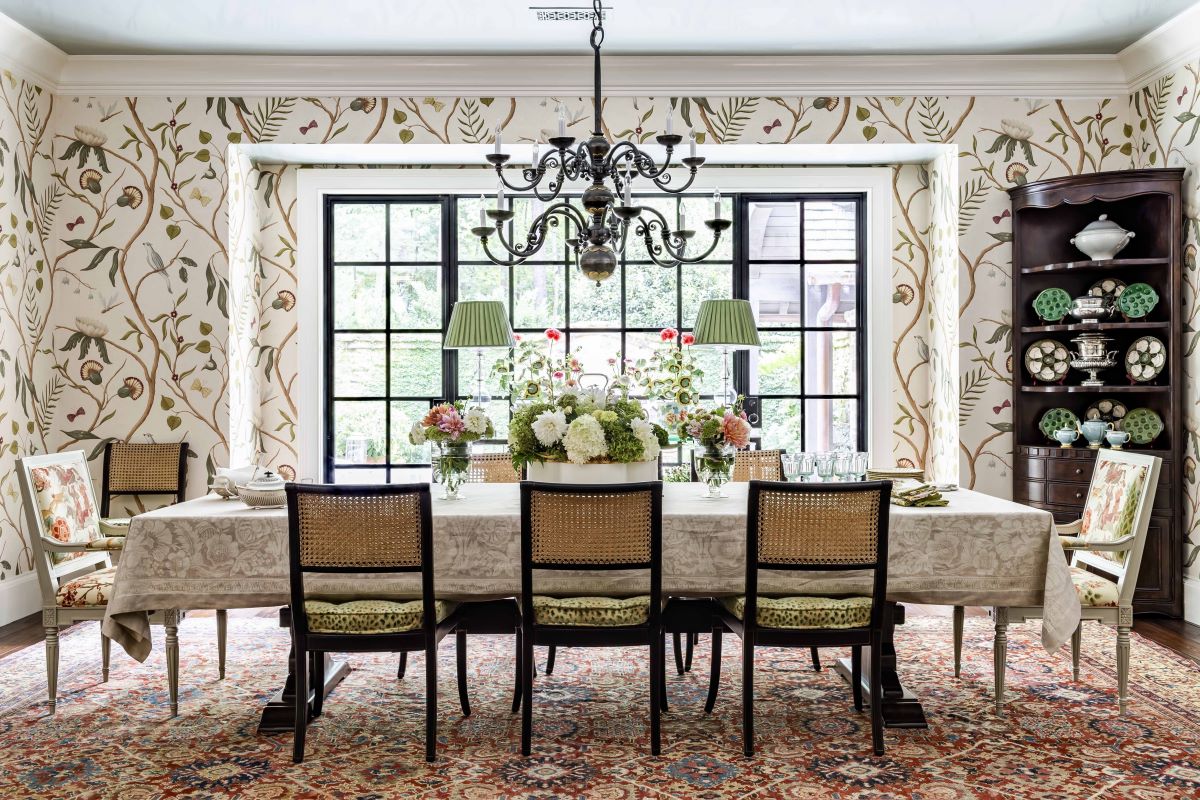
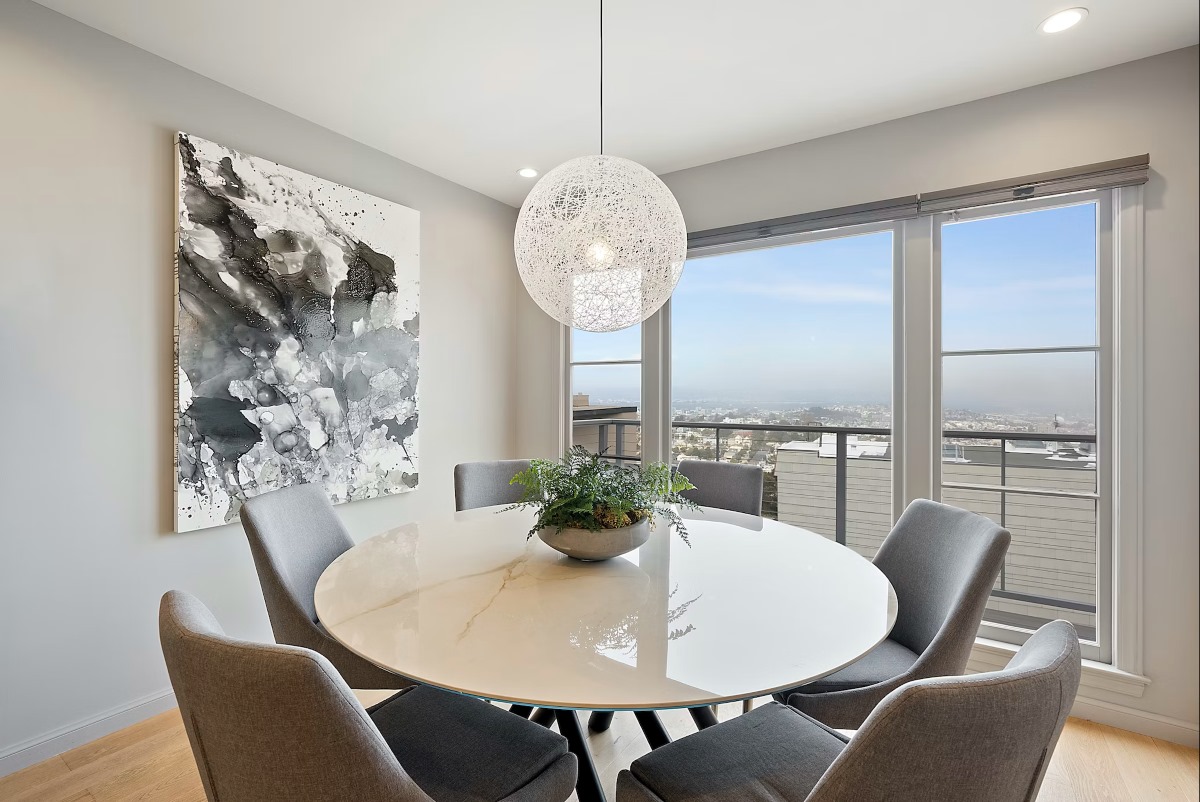
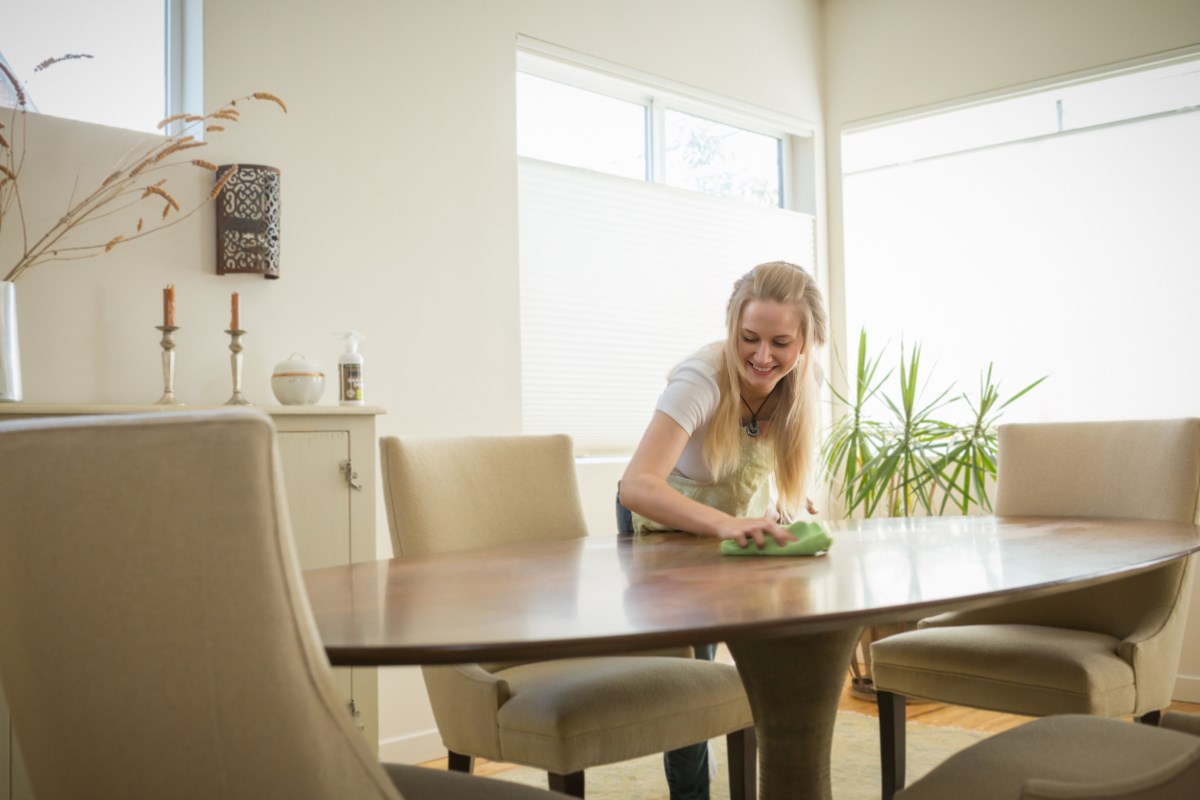
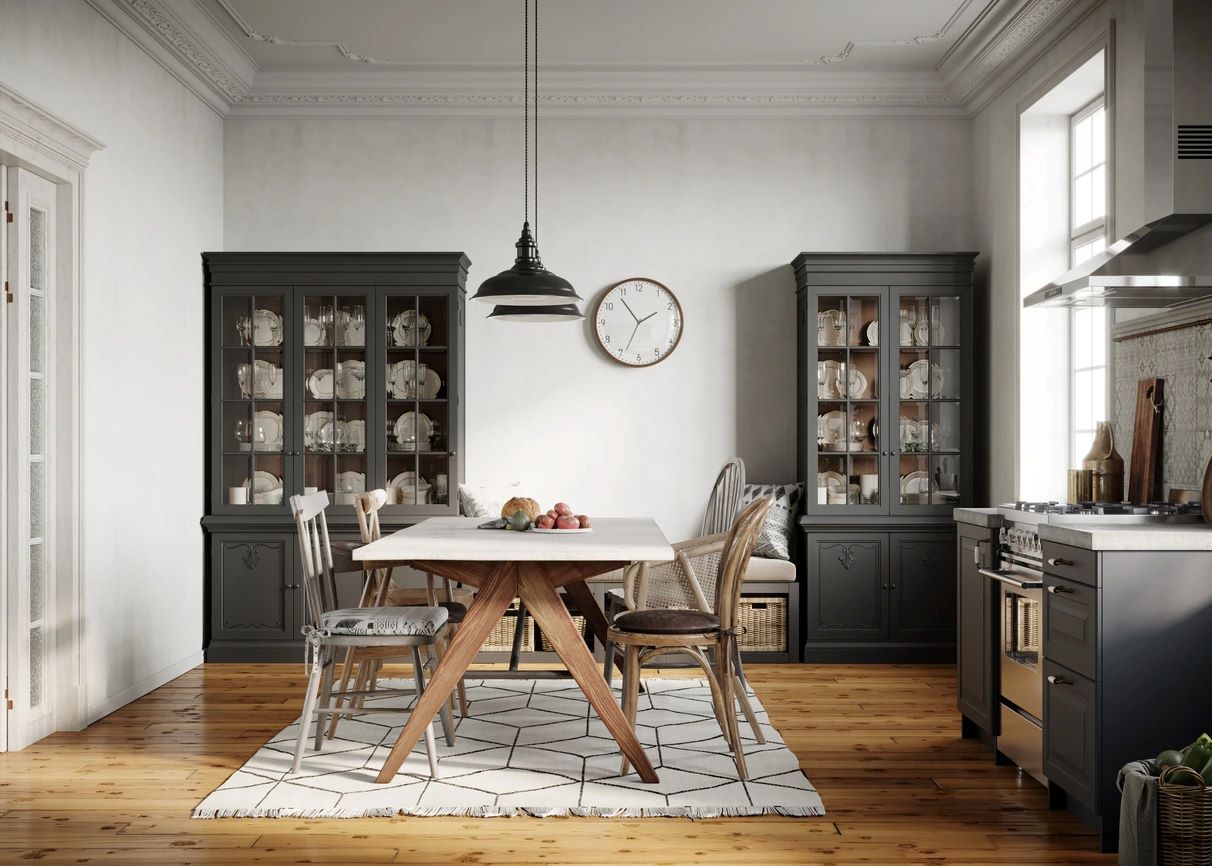
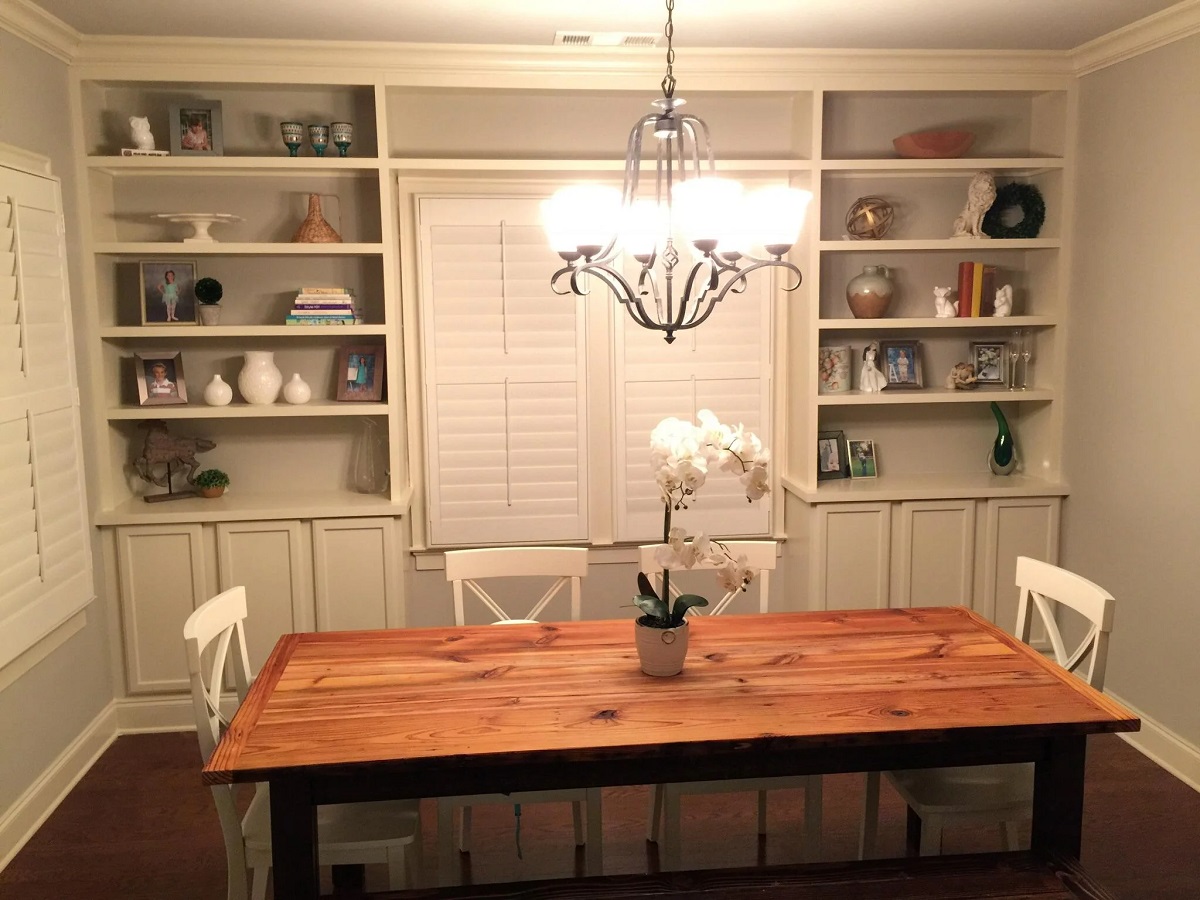
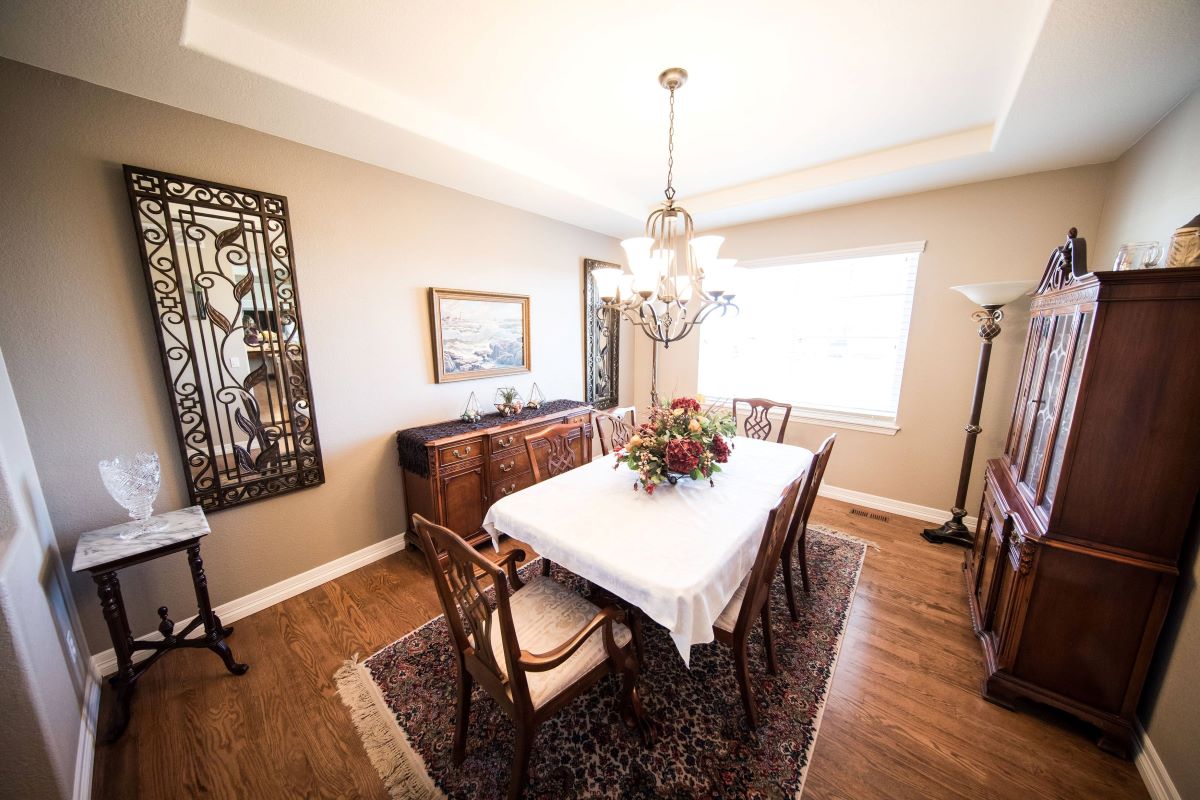
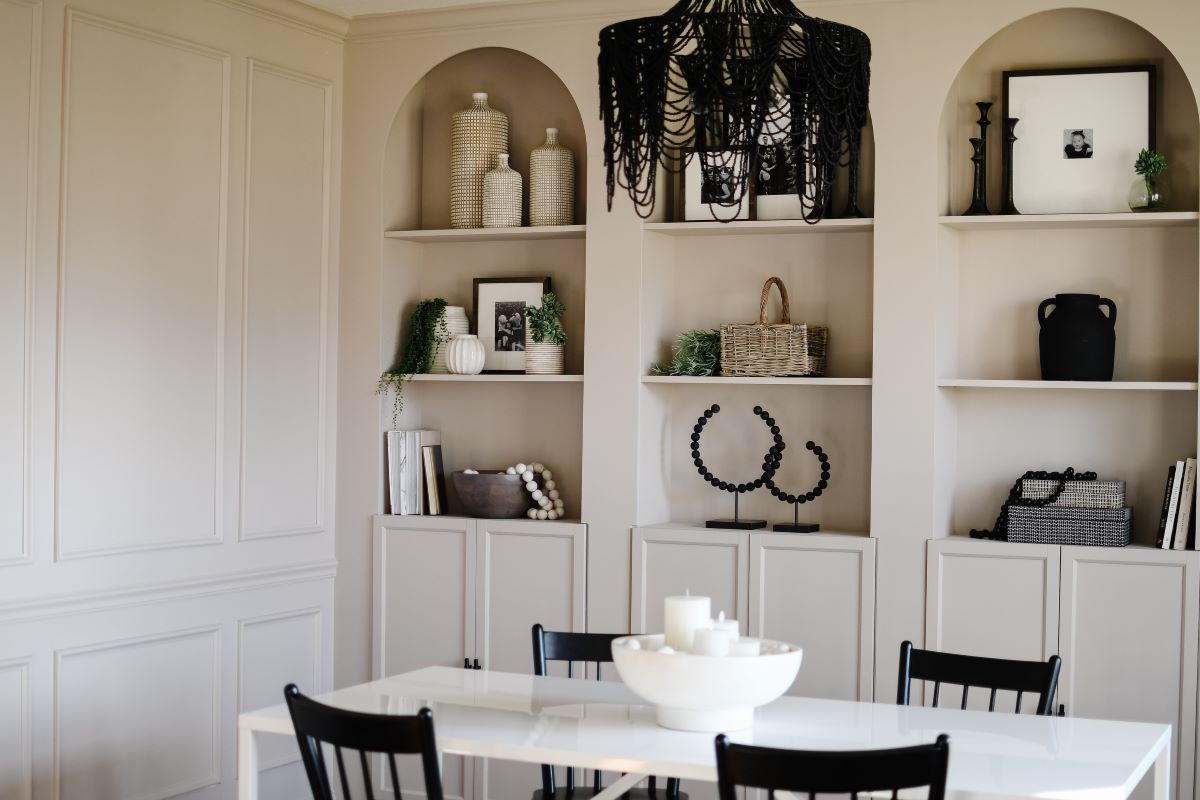
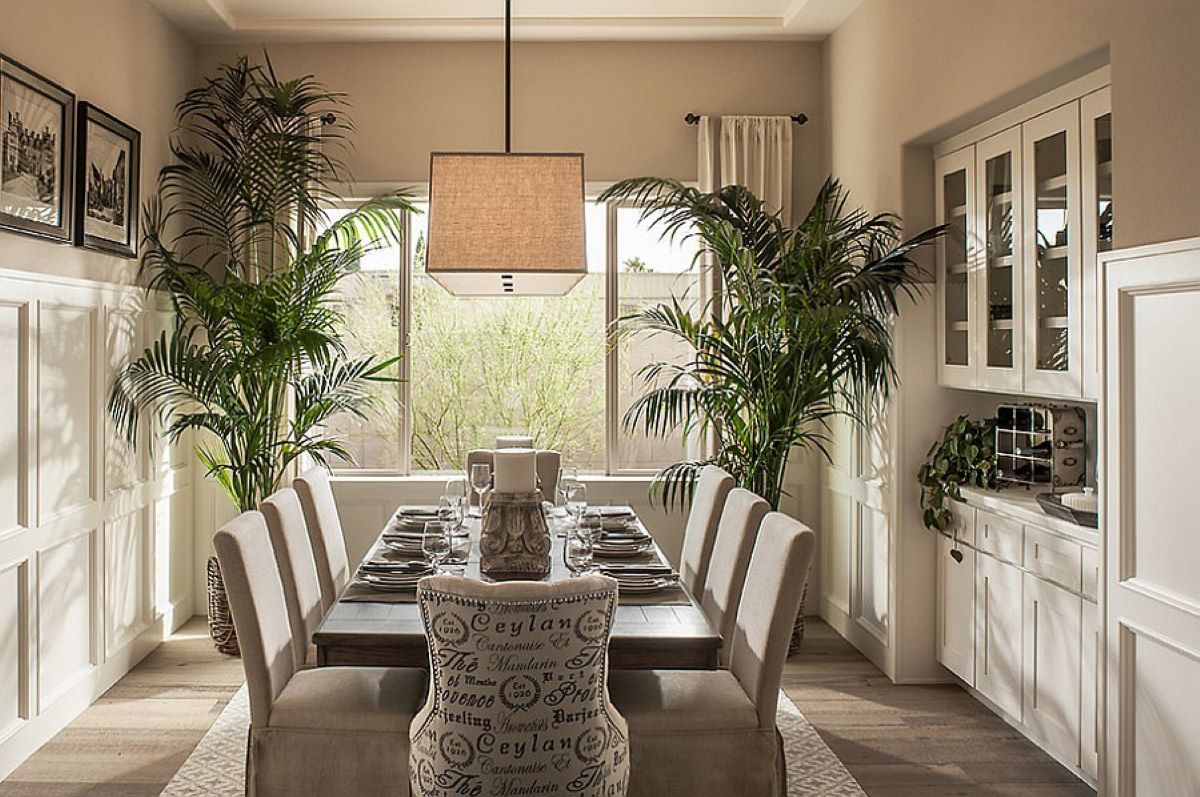
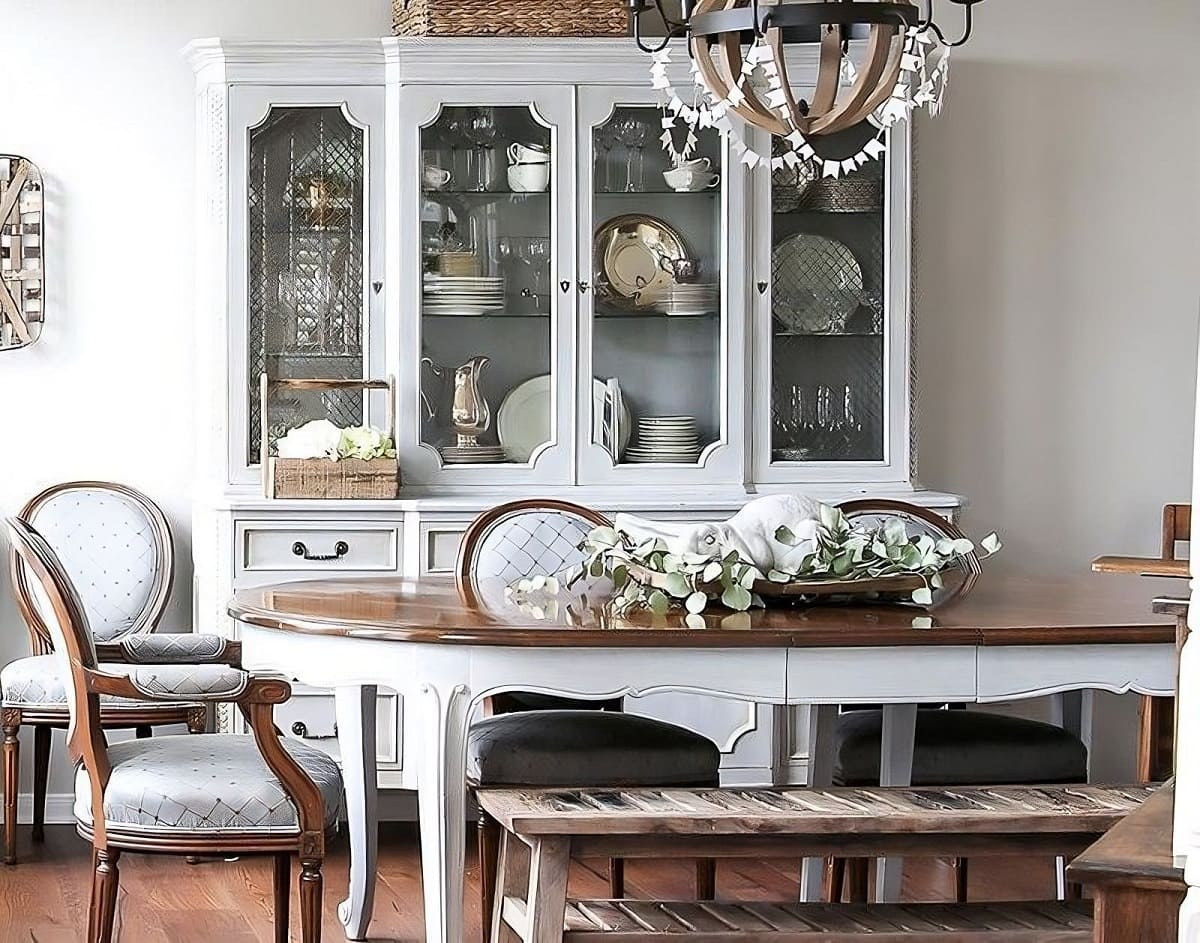
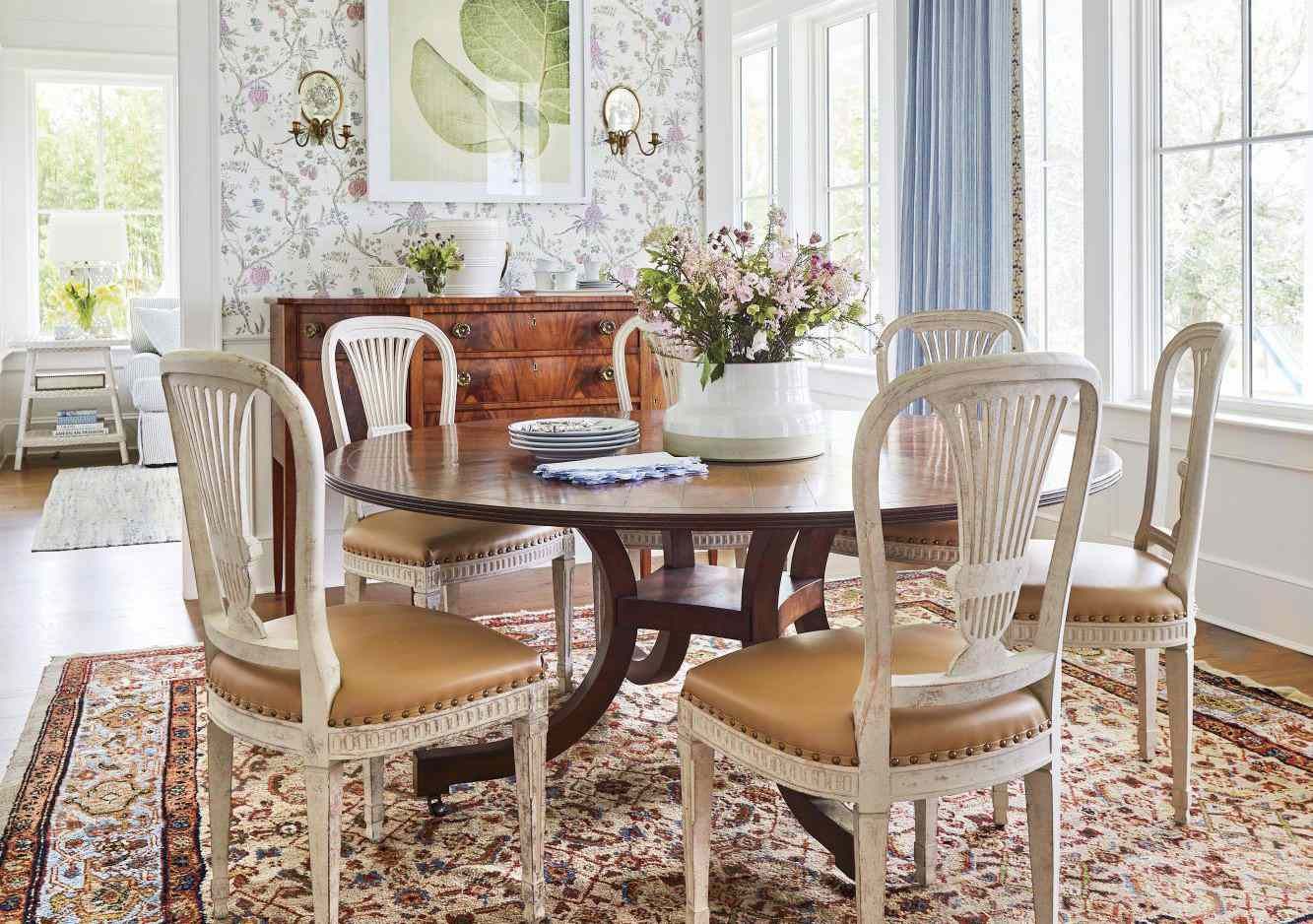
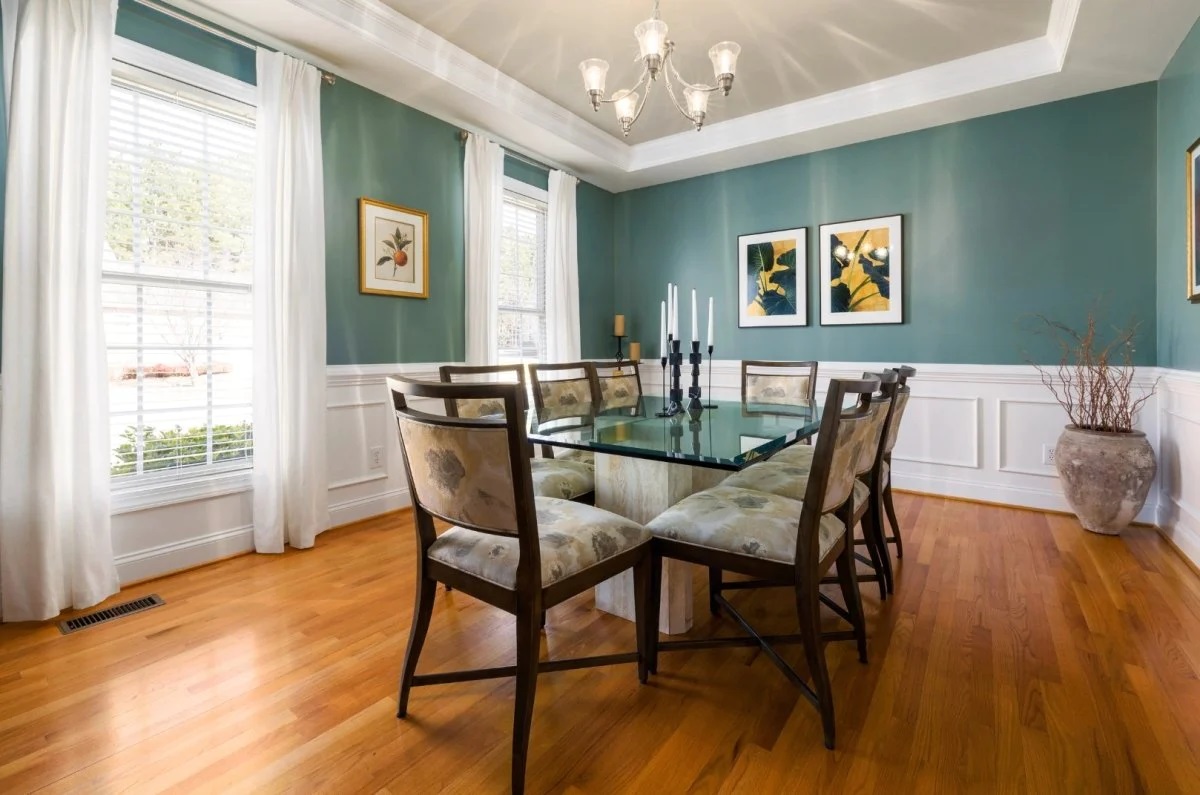
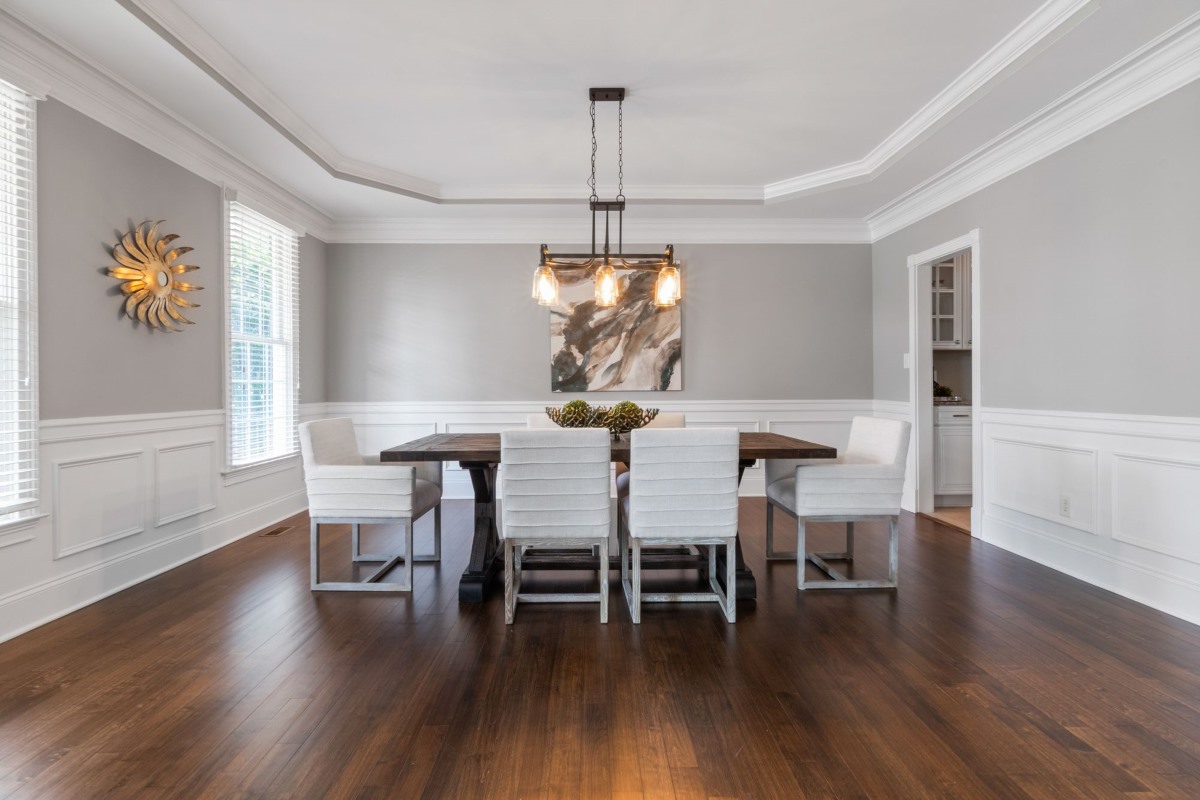
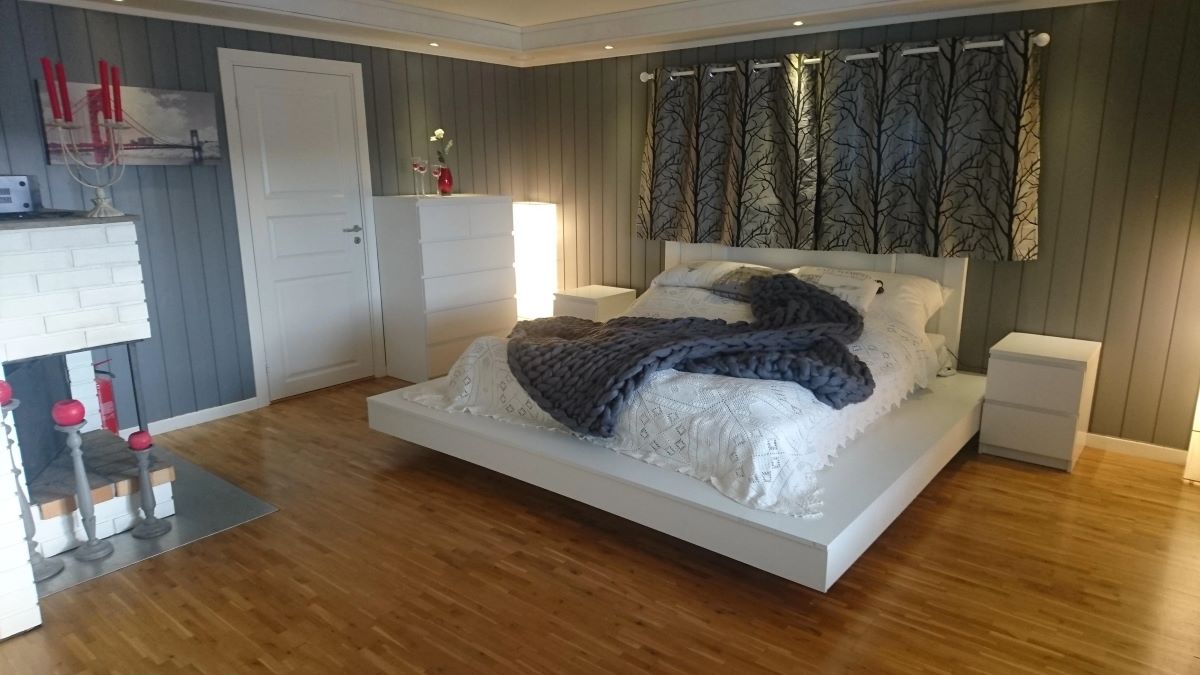

0 thoughts on “How To Decorate When Your Front Door Opens Into Your Dining Room”